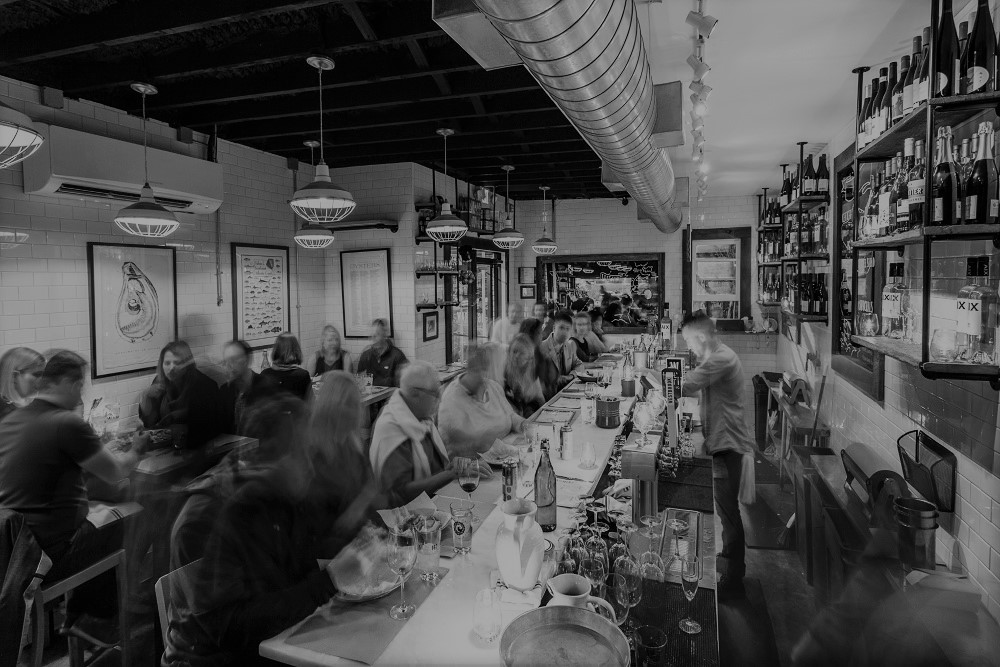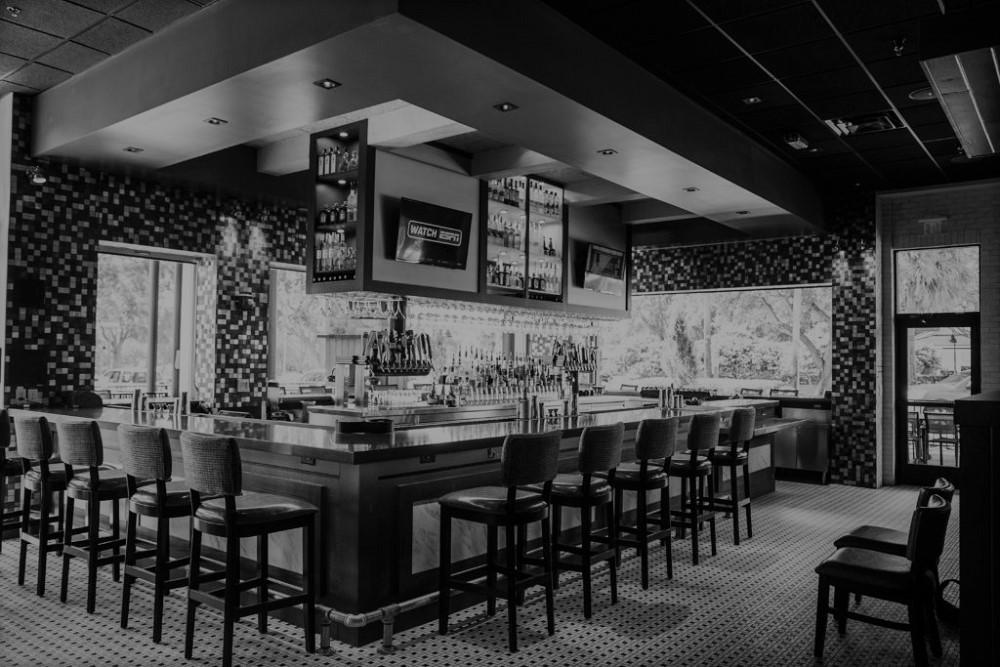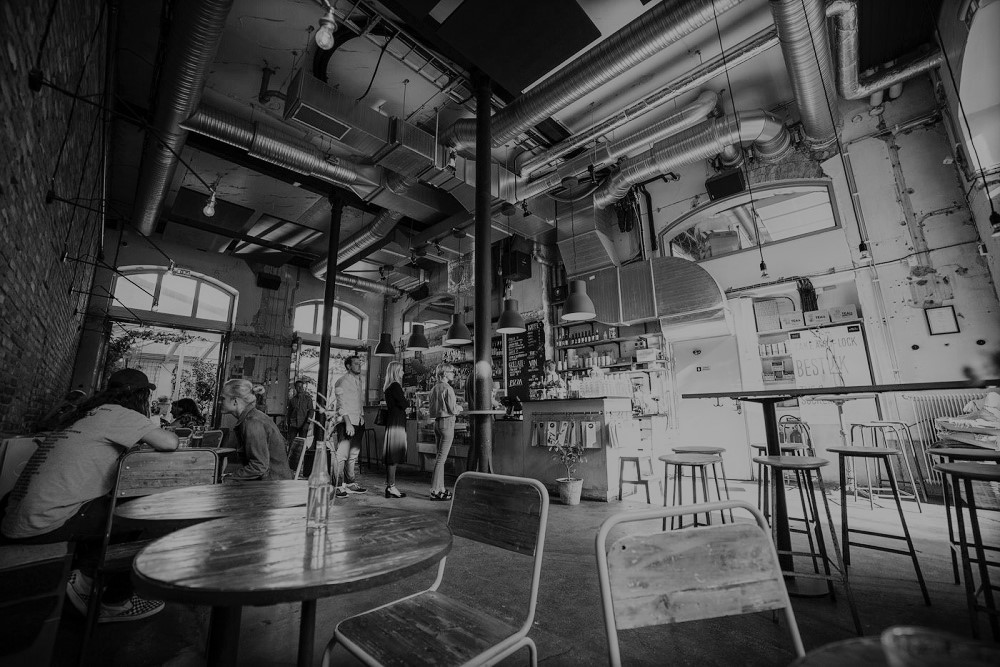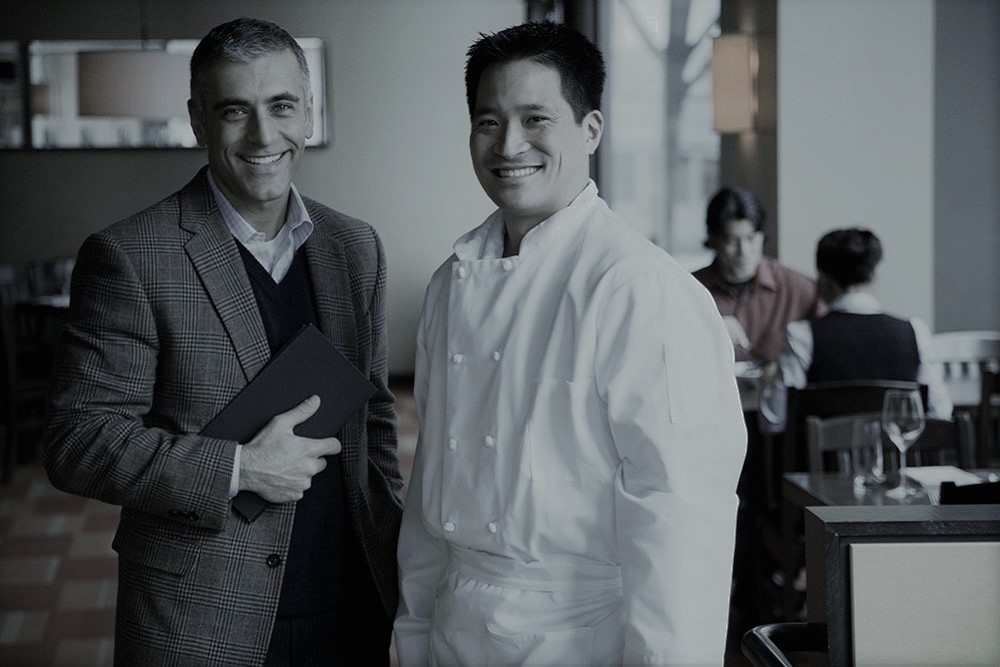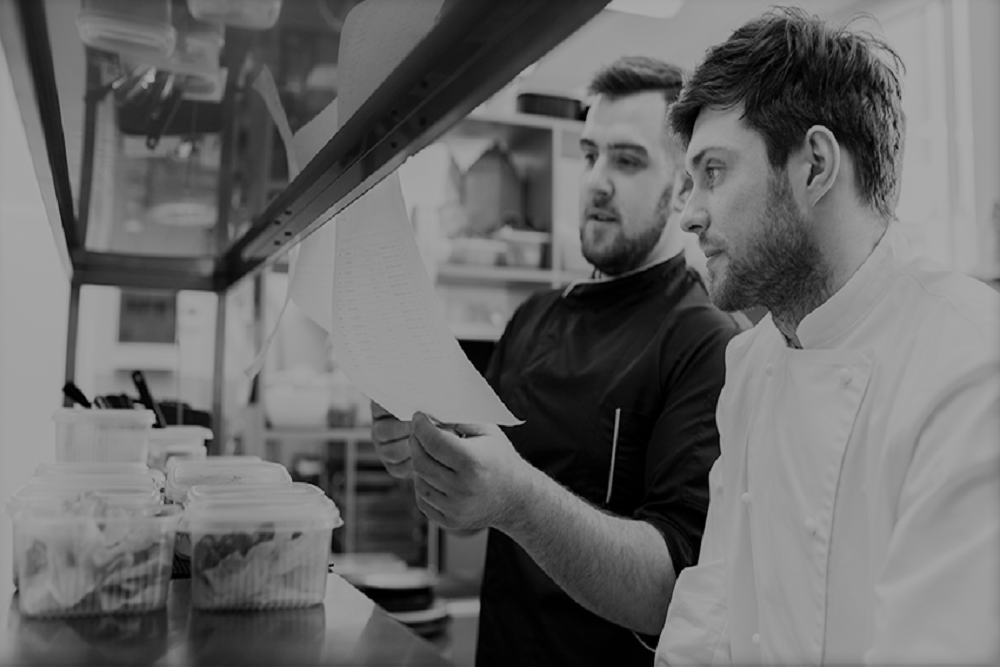6 Ways Restaurants Can Make More Money this Festive Season
Originally Posted on Typsy – By Doug Radkey
Festive Season. These two words signal colder weather (in most areas), delicious comfort food, creative drinks, memorable parties, laughter with friends & family, and of course – gift giving.
These are also two words that nearly everyone seems to look forward to throughout the year, including that of restaurant owners. The reason is quite simple; consumers are often in a generous mood which equals longer stays and more spending dollars.
Restaurants, bars, and cafes have the opportunity to generate an abundance of awareness, an increase in revenue per guest, and even repeatable business in what can be defined as the often slower months following the Festive Season (yes it is possible).
Let’s jump right into some Festive strategies your concept or venue should consider this holiday season:
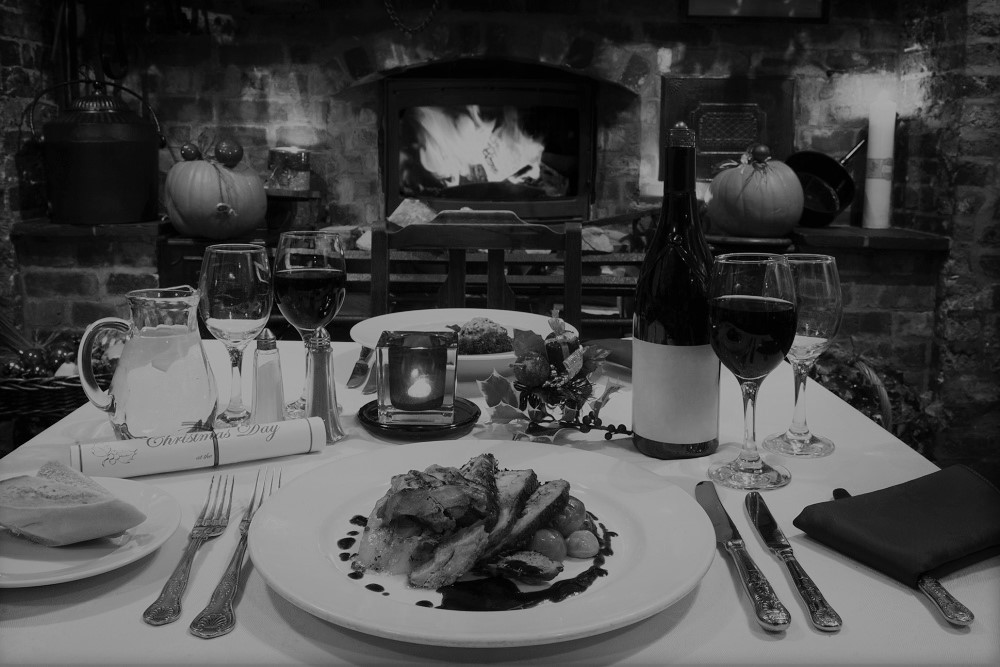
1. Cross-Promotions
Make sure that special events and other winter-related promotions are planned for well in advance, ideally 1-2 months prior. This season is such a large opportunity, that a true marketing plan should be developed just for the season. The festive cheer that starts the season, for example, can act as a forerunner to both Christmas and New Years Eve parties, packages, and other revenue generating opportunities such as gift card sales.
Speaking of gift cards – create a marketing program specifically around these money-makers. Restaurants are the most popular choice for consumers to purchase gift cards, with 41% of total gift card spend going to restaurants. But don’t just sell the one card. Create a promotion that includes spending an ‘x’ amount of dollars on a card before Christmas, and receive a second card with an amount of ‘x’ that can only be used in January or February. Add value, be aggressive, and get people through your doors over the next two months when sales are traditionally lagging.
2. Labor Management
Similar to that of the retail sector and depending on the size of the restaurant, additional staff may need to be hired to handle the extra covers that are waiting to come in. This is where planning ahead really comes into play. To be fair to yourself, your team, your new hires, and your guests, you need to ensure you leave yourself enough time for interviewing, talent selection, onboarding, and training before the peak of Christmas season truly hits.
Both front-of-house and back-of-house systems and their teams need to be reviewed to ensure your operations are prepared. Customer service and speed in the kitchen or bar should not be hindered by the fact it’s getting busier. You can ‘scale’ your business by being prepared; create mock schedules and see where there may be gaps to ensure a high standard of service is available when your restaurant needs to shine.
Speaking of staff, let’s not forget about their valuable time! Ensure they’re given time to spend with their friends and family too. Be flexible with your scheduling – and don’t forget to thank them for their loyalty and commitment!
3. Off-Premise Dining
With the increase in delivery and off-premise dining, the Festive Season may not show any signs of slowing that segment down this year. Is your restaurant prepared to market the catering and delivery of food and beverage to office parties and house parties?
This presents an opportunity to offer the catering of a traditional or concept-infused, Christmas focused meal or buffet style dinner — right to their door!
Create a variation of value-added packages for different sized parties and request 72 hours (or more) notice (with deposit) to have it prepped and delivered, right on time. Just don’t forget the high-quality take-out containers and plates for an easy clean-up afterward!
Pre-ordered packages such as this will generate cash-flow, control potential waste, and control staff costs.
4. Food Menu
Is your restaurant in a position to offer a traditionally plated meal or other harvest/winter flavors? How about a unique variation or infusion based on your restaurant’s concept and kitchen structure?
Don’t be afraid to think outside-the-box and get creative. For example, if you’re a Quick Service Restaurant (QSR) near a parade route, create an easy-to-eat holiday inspired option for ‘on-the-go’.
Develop a holiday-themed menu with your entire team (kitchen and bar team) with your target market and concept kept close in mind. Make it a fun exercise for everyone. As always, keep the specialized menu small and inviting to reduce inventory, prep-time, additional staff requirements, and potential waste.
You also want to keep in mind that a lot of the guests visiting may have never stepped foot in your establishment before because they’re just tagging along with a large party. Think of allergens and include dishes that vegans, vegetarians, and guests with other primary food sensitivities would still enjoy.
5. Beverage Menu
Having the right drinks on your menu is just as important as the food. The Christmas season is the best time of year to sell both pre-and-after-dinner drinks if you’re a dine-in restaurant.
You have to have the mindset that every drop counts!
While pre-and-after dinner drinks are big sellers, you can make a larger impact by offering ‘session drinks’ – drinks with a lower level of alcohol – or just zero-proof drinks all-together.
The drinking ‘culture’ associated with alcohol, in particular, has definitely changed over the past decade thanks to strict driving laws, the cost of ‘going out’, and the sophistication of consumers.
Show off your bar teams talent by creating ‘theatre’ in your beverages in addition to a balance in alcohol levels which should be promoted with the right mix of marketing.
When crafting your beverage menu, keep sustainability, speed, price, and perception of value in mind – for both non-alcohol and alcohol driven drinks.
6. Christmas & New Year’s Parties
You have the square footage, you have the approved capacity, and you have the kitchen/bar. These are the needed ingredients required to host an exclusive or intimate type event at any venue. Whether you have the capacity for 20 or 200 plus guests, there is an opportunity to generate awareness, revenue, and repeat customers by becoming known within your community for being the ‘best host in town’.
To make event management work for your restaurant, it must create a unique and memorable guest experience, which is no different than traditional dining strategies. Whether you’re hosting your own New Year’s Eve party or renting out your space before Christmas for a variety of private events – ensure there are defined (but value driven) food & beverage packages and a financial deposit made to protect your bottom line.
You also want to ensure there is a communication strategy in place to let other guests know if your venue is closed for a private event. Maximize each event by being organized, well staffed, and engaged. Take it a step further by providing guests at the event – an opportunity to revisit in January or February with a measurable gift (a coupon for a free appetizer or $10 gift card, for example).
By truly knowing and understanding your target market, your concept, and the neighboring business environment, the Festive Season is an excellent time to showcase your brand and your creativity – ultimately generating awareness, revenue, and repeat business opportunities, ultimately setting the tone for the following year!

